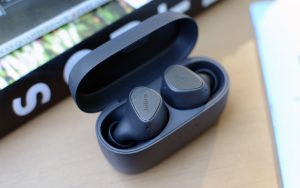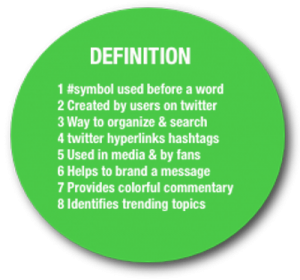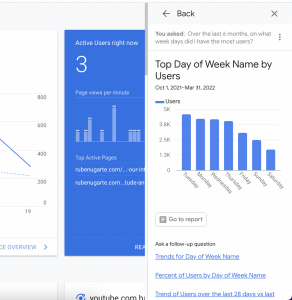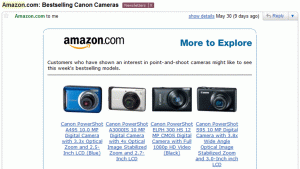Category-Driven Purchase Behavior: Swinging Between Extremes
Instead, consumers are looking for connections, fulfilling an ever-changing set of needs and contextual circumstances with every purchase that they make. As we continue to navigate this landscape and try to predict and influence consumer behavior, another twist has become clear: The journey is also changing drastically based on brand category.
Consumers attitudes, plus technological advancements in shopping toward the entire category, can dramatically affect purchase behavior and brand perceptions, driving consumers to swing between extremes.
Automated purchases
At one end of the spectrum sits “automatic” purchases. This behavior can mostly be applied to what we think of as everyday brands, like toilet paper or dish soap, pet supplies or beauty products.
This automated purchase movement is evidenced by things like the Subscribe and Save feature on Amazon, which allows users to “receive recurring deliveries of the household goods you use the most at a price that’s slightly discounted.” This approach to buying products encourages shoppers to think about a purchase once, and then never again.
How can challenger or newcomer brands entering this kind of category capture the attention of their target audience? They must find ways to overcome the automated purchase of an existing brand and create opportunities for trial and purchase.
This means changing everything from the questions they ask during the marketing research process, all the way to how they bring the product to market.
Enriched purchases
At the other end of the category spectrum lie brands that are moving the purchase experience into the center of the customer relationship. The rise of custom products, like Sene.com’s bespoke fashion line, put the user directly into the creation of the product — customizing according to their measurements, their fabrics and colors — as well as creating personal experiences in an online marketplace.
Brands in these highly engaged categories will need to keep finding new ways to connect with their target audiences. Experiential or engagement marketing invites consumers to interact with a brand on a highly personal level, usually using some kind of real-world, hands-on approach.
Where subscribe-and-save features eliminate the purchase experience, some luxury car brands are taking the buying experience to the extreme. Companies like BMW and Volvo are providing tailored travel packages where car buyers travel to their manufacturers’ home country, where they pick up their new cars and embark on a driving vacation.
While this is an extreme example of the upper echelon of the shopping experience, it shows how far a brand may be willing to go to engage its audience. It’s important to remember that these techniques need to remain authentic to the brand promise and demonstrate a deep understanding of consumers and their needs.
As technology continues to change the way we shop, we are going to find more and more unique paths to how consumers make purchase decisions. Marketers need to first understand which path their client’s customers are on and then how best to uncover insights that will affect growth.
(142)
Report Post







